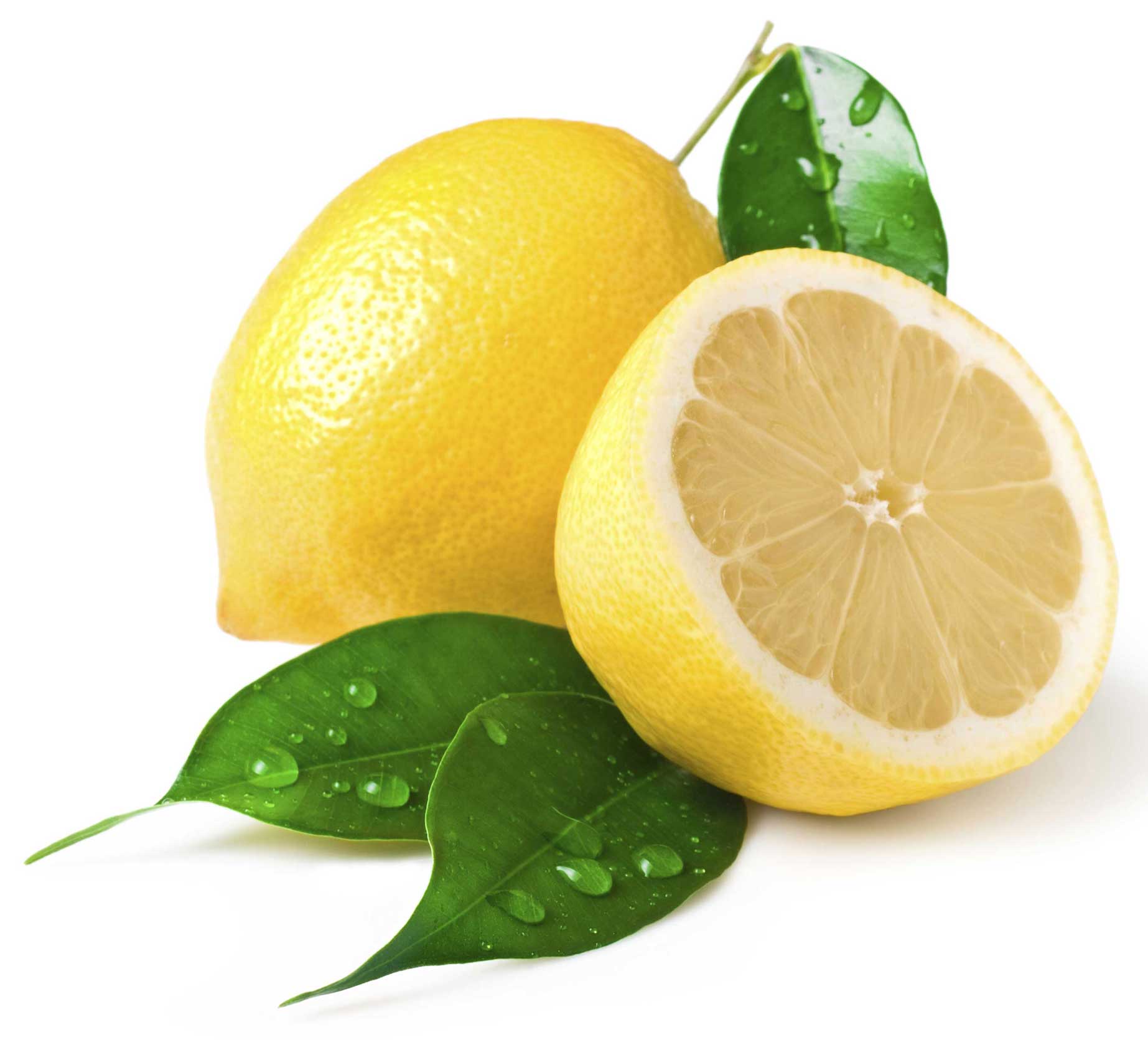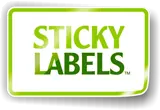
Sticky labels are a great invention: they have so many purposes, from keeping track of the contents of containers to being used to display prices when selling products. The problem is, they can often be pretty hard to remove without leaving any sticky residue or damage. So, to make your life easier, we’ve compiled a list of our top 10 tips to remove sticky labels from a wide variety of surfaces, and often with things that you may already have at home…
1. Cooking oil
You can use any type of cooking oil to remove sticky labels and their residue, but olive oil works particularly well. It’s worth testing a small area first, though, to make sure that the item you’re removing the label from won’t stain. Simply place a little of the oil on a paper towel or a dishcloth, and place it across the sticky area for a few minutes. Remove, and scrape the sticky area with your fingertips or something with a plastic edge, and repeat until the residue has been removed.
2. Strong alcohol
You can either use isopropyl alcohol or a strong spirit, such as vodka, to remove label residue. Just be sure not to use a sweet and strong alcohol, or the sugar will make it even trickier to remove. Use the same method as for cooking oil, by placing a small amount of alcohol on a paper towel or dishcloth, laying over the sticky area for a few minutes then rubbing off.
3. Lemon-based cleaning products
Essentially, you want to use citric acid (check the ingredients of your cleaning product first) to cut through the stickiness. Follow the instructions on the label, then wipe off, but be warned, this method may stain certain materials.
4. Steam
If you’re looking to remove a label from glass, metal or hard plastic, then steam may well work. Simply boil your kettle and, when it starts to produce steam, hold the label over the steam for up to a minute. The label and any residue should then be easy to remove.
5. Boiling water
This method is only suitable for items that are waterproof, and that can withstand extreme heat, such as glass jars. Boil a kettle and fill a bowl or your sink with boiling water. Submerge the label under the boiling water for several minutes, and you’ll find that the label is easy to remove.
6. Lighter fluid
This method is only suitable for glass and metal, never use on plastic, as it may damage or dissolve the plastic. Be sure to wear disposable gloves, and put down newspaper or something similar to protect your work surface. Wet a cotton wool ball with the lighter fluid, and carefully wipe off the label and any residue. Be sure to clean the labelled item thoroughly afterwards, and dispose of the cotton wool ball carefully.
7. Vinegar
Great for removing stickers from windows or taking labels from jars and bottles, vinegar is a great budget-friendly solution to hard-to-remove labels. Simply saturate the label that you want to remove in undiluted vinegar, then scrape with a plastic knife or pair of scissors, being careful not to damage the item. Wash thoroughly afterwards, or the vinegar smell will linger.
8. Masking tape
Masking tape may not remove really tough sticky label residue, but it’s great to use on price tags that haven’t fully been removed when you’ve tried to take them off. Simply wrap a piece of masking tape, sticky side facing outwards, around your index and middle fingers, and press against the residue. Repeat until the residue has been removed, using more masking tape if necessary.
9. Baby oil
If you have children, you’ll no doubt have a large supply of baby oil in your home. In much the same way as cooking oil, it can be used to get rid of sticker residue by applying it to a dishcloth or paper towel, placing it over the affected area for a few minutes then rub off the residue.
10. Essential oils
Essential oils are a great way of removing the remnants of sticky labels from surfaces such as tiles, ceramics and glass. Be warned if you’re planning on using them on other materials: some essential oils can cause staining to unstained wood, and will react with certain metals to create stains too. Use a cheaper oil such as tea tree or eucalyptus, with the added benefit that these oils are perfectly safe to handle in larger quantities. Drip a few drops of the essential oil onto a fabric cleaning cloth (not a sheet of paper towel) and gently rub over the sticky label. Repeat this process until all of the residues has been removed.
